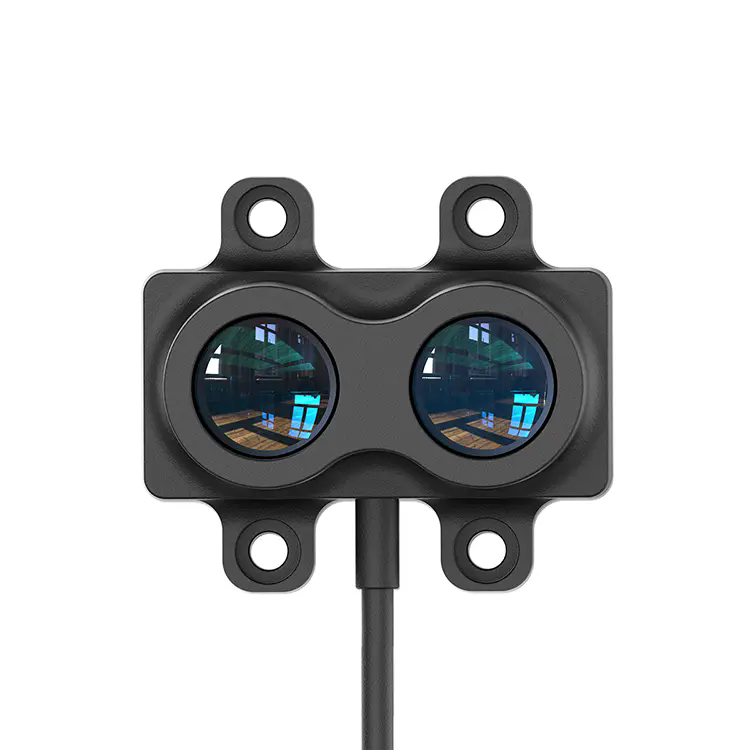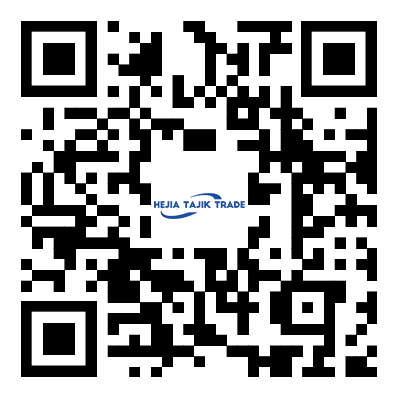What Is a Laser Rangefinder Module and Why Is It Useful?
2025-07-09
A laser rangefinder module is an electronic sensor device that measures the distance to an object by emitting a laser beam and calculating the time it takes for the reflection to return. These compact modules are integral components in various applications, providing accurate and rapid distance measurements.
How Does a Laser Rangefinder Module Work?
The module emits a focused laser pulse toward the target. It then detects the reflected signal and measures the time of flight (ToF) — the time taken for the laser light to travel to the object and back. Using this data, the module calculates the distance with high precision.
What Are the Key Features of Laser Rangefinder Modules?
High Accuracy:Provides precise distance measurements, often within millimeters.
Fast Response:Delivers real-time or near-real-time readings.
Compact Size:Small and lightweight for easy integration into devices.
Long Measuring Range:Can measure distances from a few centimeters to several hundred meters.
Low Power Consumption:Suitable for battery-operated systems.
Robustness:Designed to work in various environmental conditions, including outdoors.
Digital Output:Compatible with microcontrollers and digital systems for easy data integration.

What Are Common Applications of Laser Rangefinder Modules?
Robotics and Automation:Obstacle detection, navigation, and mapping.
Industrial Measurement:Distance and level monitoring in manufacturing.
Drones and UAVs:Altitude measurement and terrain following.
Surveying and Construction:Precise distance measurements for site analysis.
Consumer Electronics:Camera autofocus, gaming, and augmented reality.
Security Systems:Perimeter monitoring and intruder detection.
How to Choose the Right Laser Rangefinder Module?
Consider these factors:
1. Measuring Range:Choose based on maximum and minimum distance requirements.
2. Accuracy and Resolution:Match the precision needed for your application.
3. Size and Form Factor:Ensure it fits your device or system design.
4. Interface:Select modules with compatible communication protocols (e.g., UART, I2C).
5. Power Requirements:Align with your system’s power supply capabilities.
6. Environmental Resistance:Consider modules with protection against dust, moisture, and temperature extremes if needed.
Conclusion
A laser rangefinder module is a versatile and precise tool for measuring distances in various technological and industrial fields. Its compact size and accuracy make it an ideal choice for integrating distance measurement into modern devices and systems.


